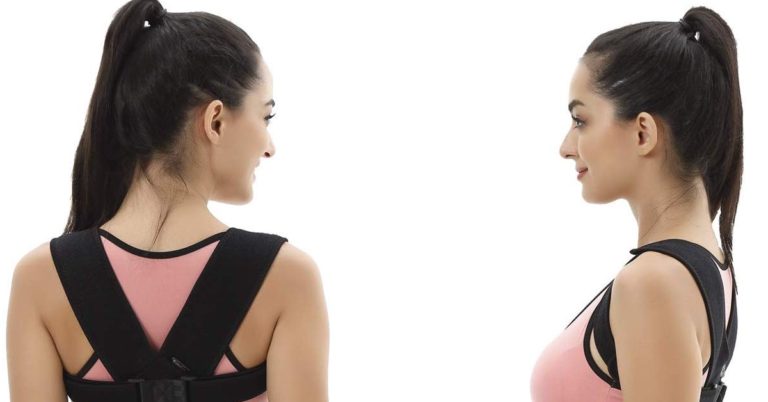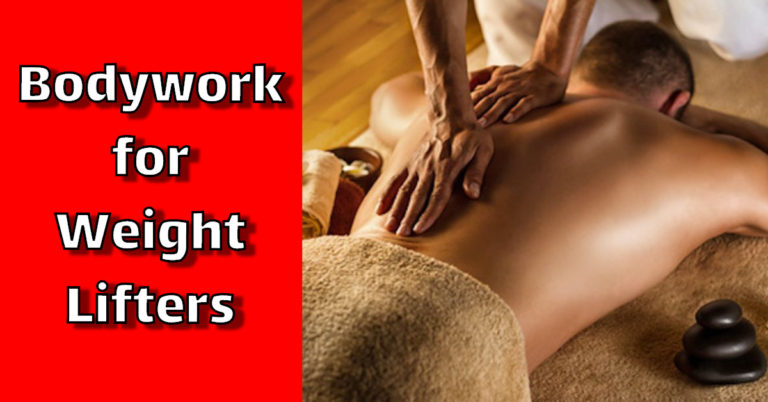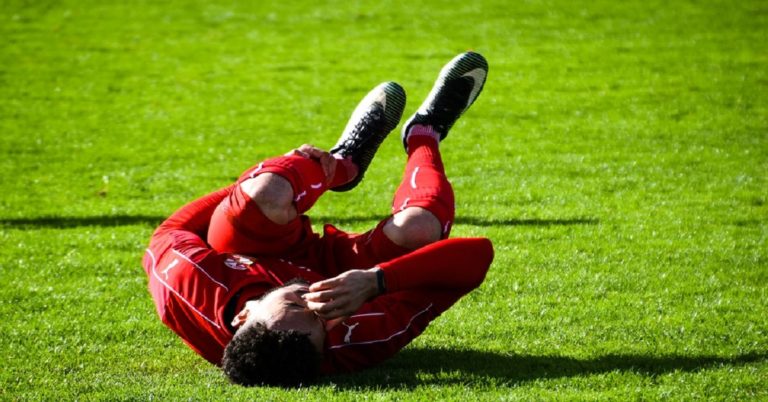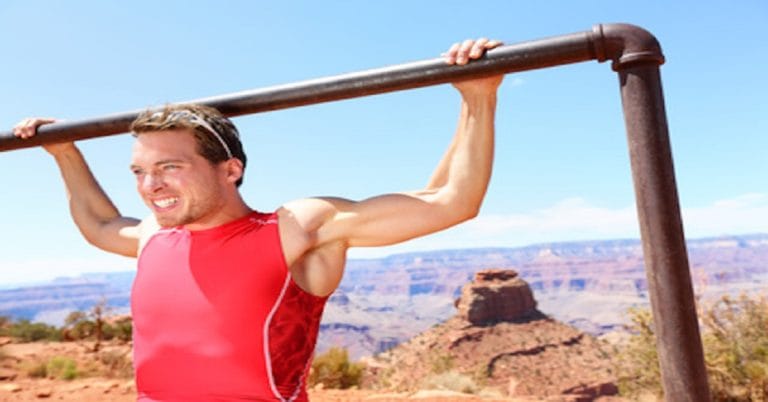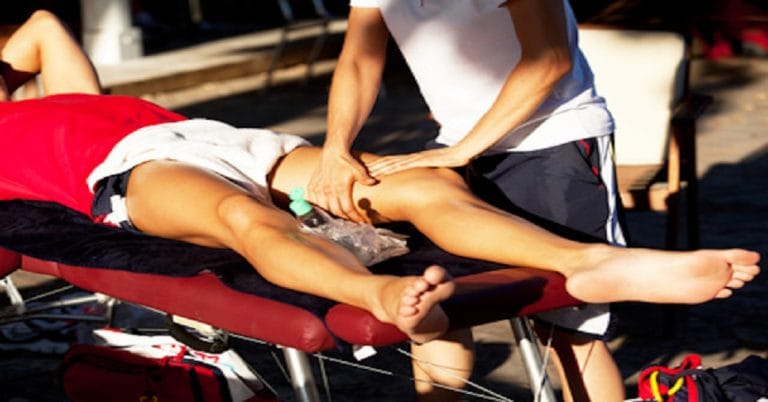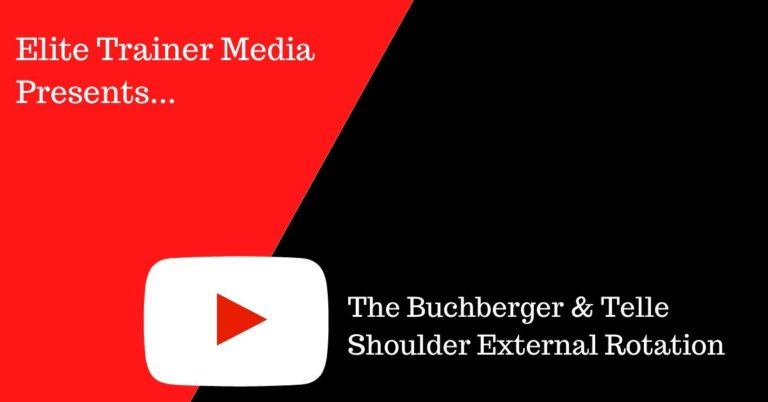If you constantly scratch the scab, you’ll never heal. That applies to any injury, but it’s especially true for shoulder injuries. The shoulder is the most mobile joint in the body. It can move the arm into thousands of positions—16,000, to be exact! If you don’t set the scapula and stabilize the joint properly, you…
Every seasoned weight lifter should incorporate bodywork into their restoration regimen. It’s a crucial element for staying strong, mobile, and injury-free. I personally work with five professionals on a regular basis for bodywork: I’ve created a five-part video series to give you a glimpse of what each of them does. Enjoy the behind-the-scenes look at…
You go to an accountant to do your taxes, a lawyer for legal work, and a mechanic to fix your car—so shouldn’t you approach a professional for your fitness needs? Why do so many people think they can do it on their own? Would you do a root canal on yourself? I didn’t think so!…
The Functional Movement Screen (FMS) is popular with many personal trainers—but not so much with researchers. A recent systematic review suggests the FMS isn’t a great tool for predicting injury: Do Functional Movement Screen (FMS) Composite Scores Predict Subsequent Injury? A Systematic Review with Meta-AnalysisAuthors: RW Moran, AG Schneiders, J Mason, SJ Sullivan Aim: To…
For years we’ve been told to avoid behind-the-neck pulldowns and pull-ups. They place tremendous stress on the shoulders when lifting a heavy load with the humeri abducted and in a position of maximum external rotation. It’s a problem waiting to happen. Furthermore, it’s not a natural movement. We’re not really meant to pull things behind…
Staying up to date with scientific research can give you a competitive edge as a personal trainer. Here are some recent findings that can enhance your knowledge and improve your clients’ results: A New RPE Scale for Resistance Training Ratings of perceived exertion are a valid method of estimating the intensity of a resistance training…
Three healthcare professionals I visit regularly for soft-tissue work are Dr. Mae Chan, Mary Tam, and Vlodek Kluczynski. It would be unusual for two weeks to pass without seeing at least one of them. Here’s why. Mae is a chiropractor, acupuncturist, and active release techniques (ART) provider—an extraordinary multitasker! During a single session, she might…
The standard side-lying dumbbell external rotation primarily overloads the middle of the range of motion. If you use a resistance tube, it shifts the overload to the end of the range. But what about the start of the range? That’s where these two variations come in. I learned the Buchberger External Rotation from renowned shoulder…
Most people “wear their shoulders too low,” according to Dr. Shirley Sahrmann, author of Diagnosis and Treatment of Movement Impairment Syndromes. At an Ontario Kinesiology Society seminar in 2004, Sahrmann pointed out that shoulder depression causes more problems than elevation—one of the most common being neck pain. Simply raising the shoulder girdle can improve cervical…
When people ask me what supplements to take for a joint-related injury, I have several recommendations—proteolytic enzymes, hyaluronic acid, and bamboo silica, to name a few. But one secret weapon I often suggest is gelatin. If you’re injured, take gelatin twice a day: once in the morning and again before bed. If you want to…

